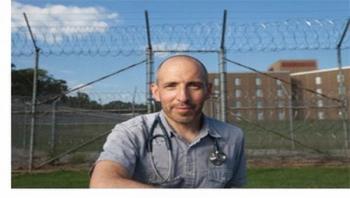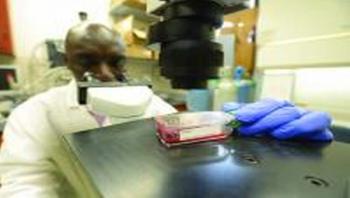
Scientists at the Scripps Research Institute (TSRI) have determined the most detailed picture yet of a crucial part of the hepatitis C virus, which the virus uses to infect liver cells. The new data reveal unexpected structural features of this protein and should greatly speed efforts to make an effective hepatitis C vaccine. The findings, which appear in the November 29, 2013 issue of the journal Science, focus on a protein known as E2 envelope glycoprotein.



